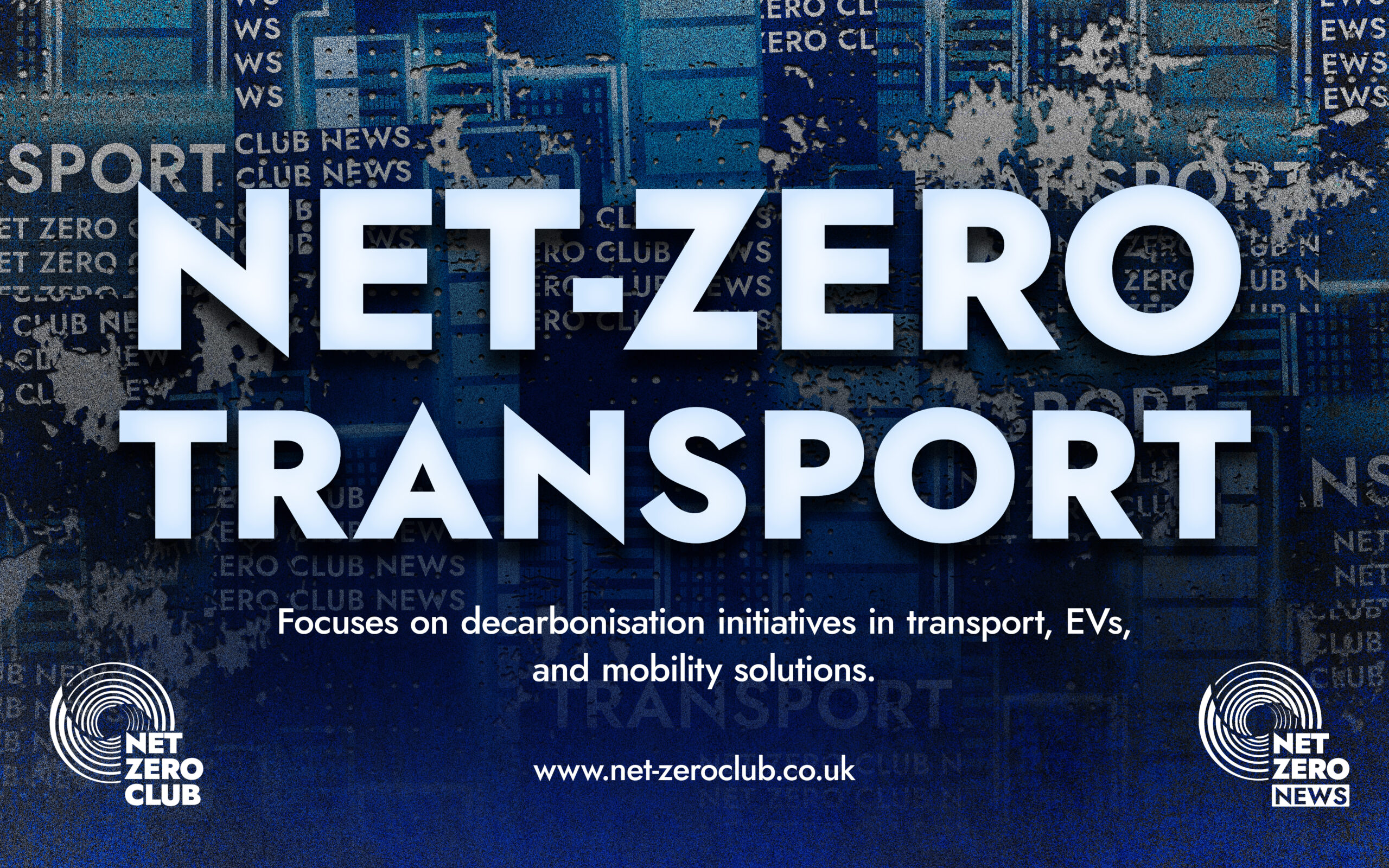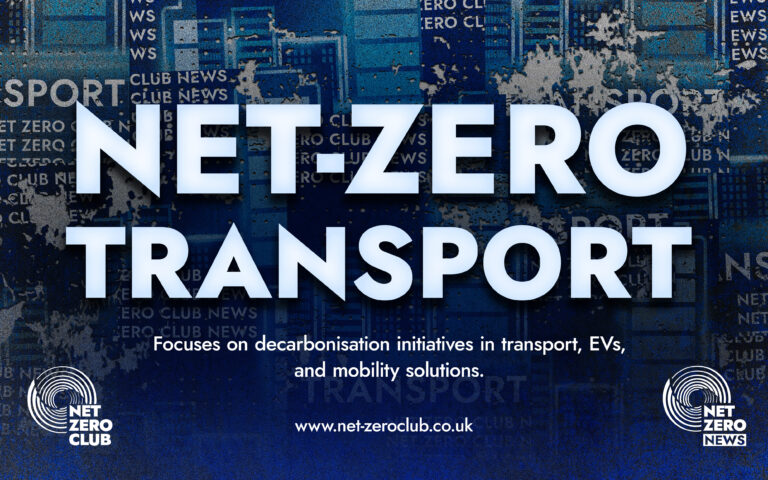AA: 33% of Driving Tests to Be Automatic by 2027

Welcome, Net Zero News readers,
Exciting shifts are taking place in the world of driving, signalling a transformative era that aligns perfectly with our collective journey towards sustainable mobility. According to the latest predictions from the AA Driving School, a significant milestone is on the horizon: by the year 2026/27, it is anticipated that one-third of all driving tests in the UK will be conducted in automatic vehicles. This trend not only reveals the changing preferences of learner drivers but also underscores the country’s rapid progression towards greener transportation solutions.
As part of this evolution, the AA has recently expanded its fleet with three innovative electric vehicle (EV) options, further demonstrating its commitment to adapting to the needs of modern learners. The addition of the Mini Aceman, Volkswagen ID.3 Pro Hatch, and BYD Dolphin Comfort to their offerings reflects a broader movement within the automotive landscape, which is increasingly favouring electric and automatic vehicles.
Recent data from the Driver and Vehicle Standards Agency (DVSA) supports the AA’s forecasts, revealing a steady rise in the number of automatic driving tests conducted across the UK. Back in the academic year 2012/13, a mere 6.1% of driving tests were taken in automatic cars. Fast forward to the 2023/24 period, and that figure has surged to an impressive 23.4%. Expectations indicate that this upward trajectory will continue, with projections estimating that by 2024/25, approximately 26% of driving tests will be conducted in automatic vehicles, translating to nearly 479,556 tests.
This remarkable growth in automatic driving tests signals a fundamental shift in learner behaviour and preferences. A recent analysis of search trends indicates a notable increase in demand for automatic driving lessons, with inquiries rising from 26% in the fiscal year 2022 to an impressive 34% in the first half of the fiscal year 2026. If this trend persists, the AA Driving School estimates that the proportion of automatic driving tests could reach as high as 32% by the 2026/27 academic year. This shift could mark a pivotal moment where manual tests may no longer represent the majority.
The increasing popularity of automatic driving tests can be attributed to several interconnected factors, including technological advancements and supportive government policies. The proliferation of electric vehicles, which are inherently automatic, is becoming more pronounced on UK roads. As more drivers transition to EVs, a growing number of learners are opting to train in cars that reflect the future of driving—a future that is rapidly becoming electric.
Integral to this transition is the Government’s Zero Emission Vehicle (ZEV) mandate, which compels car manufacturers to progressively sell a higher proportion of electric vehicles each year. This policy not only encourages the production of more EVs but also aligns with the broader goal of achieving net-zero emissions.
In light of these developments, the AA Driving School has proactively added new electric vehicle options to its fleet, thereby enhancing the choices available to its franchised driving instructors. Since June, franchisees have been given the opportunity to choose from the Mini Aceman SE, Volkswagen ID.3 Pro Hatch, or BYD Dolphin Comfort, catering to the evolving needs of learner drivers and the growing demand for electric instruction.
Looking back at 2024, it’s noteworthy that over 68,000 hours of driving lessons were delivered by AA Driving School franchisees using electric vehicles. Furthermore, a remarkable 36% of instructor trainees chose to kickstart their teaching careers in automatic vehicles. This figure has shown a slight increase in 2025, reaching 37%, indicating a steady and growing interest in automatic driving instruction that aligns with the broader trend towards electrification.
Emma Bush, the managing director of AA Driving School, shared her insights into these developments, stating: “As we head closer to 2030 and the ban on the sale of new combustion cars, more and more learners will want to learn in an electric vehicle as that’s all they will plan to drive. It makes sense that we are able to offer a choice of these vehicles to our instructors, so they can ensure they are able to meet rising consumer demand.”
Bush further emphasised the practical advantages of electric vehicles, noting that as EVs and hybrids gain popularity due to their lower day-to-day running costs, coupled with the impending ban on petrol and diesel cars, more individuals are choosing to learn how to drive in automatic vehicles.
This shift towards automatic driving tests and electric vehicles is not merely a trend; it represents a significant cultural and technological evolution within the UK’s driving landscape. As we embrace the future of transportation, it is essential to recognise the role that education and training play in facilitating this transition. By adapting to the preferences of new drivers and aligning training practices with the realities of modern mobility, driving schools are paving the way for a greener, more sustainable future.
In conclusion, the AA’s forecasts and the ongoing rise in automatic driving tests highlight a significant shift in learner preferences, driven by both technological advancements and government policies aimed at promoting electric vehicles. As we move closer to a future where electric mobility becomes the norm, it is clear that driving schools play a crucial role in shaping the next generation of drivers. The journey towards net-zero emissions is not only about adopting new technologies but also about fostering a culture of sustainability and awareness among future motorists. Together, as champions of net-zero, we can look forward to a cleaner, greener, and more electrified future on our roads.

 Got net-zero news, project updates, or product launches to share?
Got net-zero news, project updates, or product launches to share? 